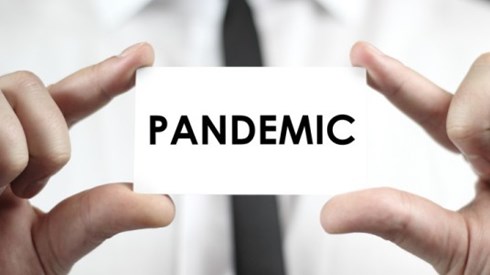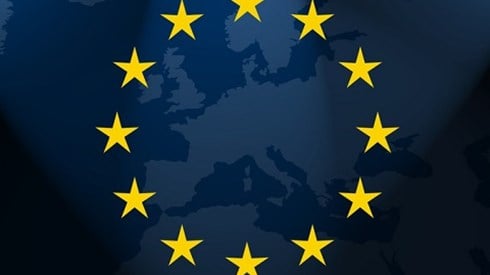Europe's Increased Captive Interest Is No Surprise: Laurent Nihoul

August 25, 2020

Laurent Nihoul, group head of insurance at ArcelorMittal and a Federation of European Risk Management Associations (FERMA) board member leading on captive initiatives, hopes European companies have not waited too long to form captive insurance companies in the hardening insurance market.
Speaking on the latest episode of the Global Captive Podcast, Mr. Nihoul discussed ArcelorMittal's own captive and insurance strategy as well as FERMA's lobbying work with regard to Solvency II and the Organization for Economic Co-operation and Development (OECD) Base Erosion and Profit Shifting (BEPS) initiative.
Global Captive Podcast · GCP #36: Laurent Nihoul, Mary Ellen Moriarty, and Ventiv's Angus Rhodes and David Thomas
He also expanded upon the results of FERMA's 2020 European Risk Manager Survey, which showed that 43 percent of risk managers are considering the captive insurance option in 2020 compared to just 15 percent in 2018.
"It is logical to see a correlation between the hardening of the insurance market and the rise of the self-financing solutions," Mr. Nihoul explained. "Insurance has been an efficient tool to finance the consequences of risk over the last 20 years, but with the hardening market, it becomes less cost-effective for organizations. The shortage of insurance capacity for some exposures pushed risk and insurance managers to explore other ways to insure these risks."
Captive managers, underwriters, and regulators have all reported a significant increase in interest and formation activity over the past 18 months, as corporations of varying sizes look for alternative risk transfer solutions.
In Europe, particularly in onshore jurisdictions such as Dublin, Luxembourg, and Malta, the set-up time for a new captive can be 6 to 12 months, and Mr. Nihoul said he hopes some corporations have not waited too long to gain the full benefit of a captive in this market.
"Within this context, the use of captives will rise, I have no doubt about that," he said. "The question is around the timing—the hardening market has already started, and you need a bit of time to fully utilize your captive. So, I hope it is not too late for some of them."
The 2020 European Risk Manager Survey also showed the use of captives for nontraditional lines, such as cyber threats and employee benefits, was becoming "more important" for 56 percent of respondents.
August 25, 2020



